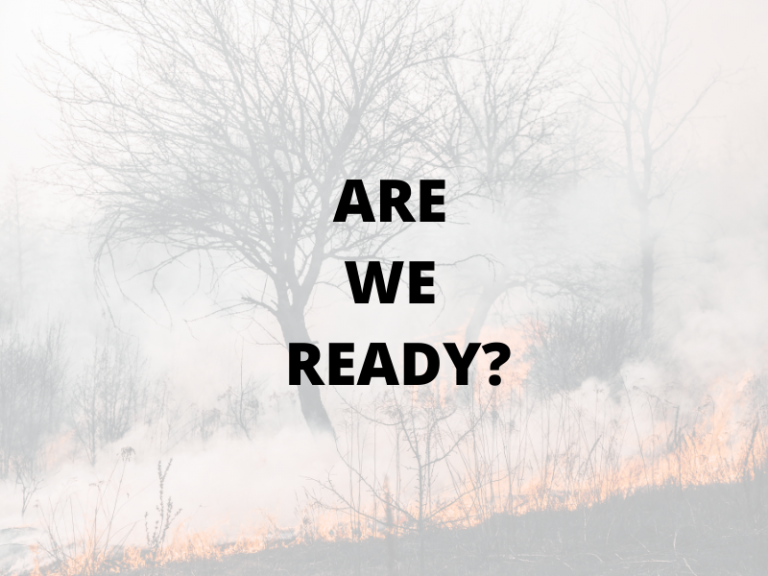Comments by Commissioner Ian Stewart AO APM (QPS Ret’d)
Queenslanders are used to disasters. We need to be. The Queensland Reconstruction Authority has identified more than 50 disaster events in our State since the terrible tragedy of the ‘Summer of Disasters’ in 2010/11. Our Disaster Management systems have been tested, reviewed, adjusted and tested again and again both by exercises and by actual events. There have also been official inquiries, coronial investigations, oversight by the Queensland Inspector General of Emergency Management, and in some cases litigation by those suffering losses as a result of particular disaster management decision.
We have been reminded by The Royal Commission into National Natural Disaster Arrangements (RCNNDA) that natural disasters “-that is, naturally occurring, rapid onset events that cause serious disruption to a community or region, such as floods, bushfires, earthquakes, storms, cyclones, storm surges, landslides and tsunami… (will in future be)… more frequent and more severe. Consecutive and compounding natural disasters will place increasing stress on existing emergency management arrangements.” RCNNDA Report (2020) p5. The report provides 80 recommendations for systemic improvements to National arrangements.
The question remains- Are we collectively up to the task of keeping Australia safe?
A recent limited survey of members of the Australian Institute of Emergency Services provided an insight to areas of greatest interest. The 6 highest rated issues were:
- The development and retention of local leadership in disaster management
- Future governance of disaster management relationships among civil agencies
- Future models for disaster management through partnerships
- Challenges in rural-and-remote regions
- Developing and retaining skills in disaster management, and
- Managing volunteers, recruitment training and managing spontaneous volunteers
It really comes down to perspective. The Royal Commission wrestling with the realities of Federation politics and the criticality of national cooperation, while seasoned emergency service leaders attempt to make sense of the increasing complexities of managing mainly volunteer units and organisations while passionately committed to serving their communities.
Great strides have been made particularly in recent years to improving interoperability, national standards and training for emergency service personnel. While primacy of response is a local issue with escalation to State then Commonwealth support, the impact of litigation, credentialism, rapidly changing technology and research, leaves one with the feeling that we need to find better ways to support, not just our systems but those who work, often as unpaid volunteers, at the front end. The RCNNDA report at Chapter 6 identifies recent examples but reminds us that many volunteers do not want ‘pay’. While inspirational and wonderfully Australian, will it be enough to address the future.
The Australian military have long used a system of reserves to manage skills retention, operational capacity, future proofing and leadership development. The ‘reserves’ have been a consistent success. They are paid, provided training and development, and integrated with regular full time units dependant on their role. They often deploy for lengthy periods by arrangement. The benefit to their roles outside of the reserves is well understood. They come from all walks of life.
Should such a system be considered for our future emergency services? The benefits, I would argue, address most of the 6 topics areas listed above. Importantly, such a bold initiative will help answer the important question- Are we collectively up to the task of keeping Australia safe?
Yes, I think we are.




